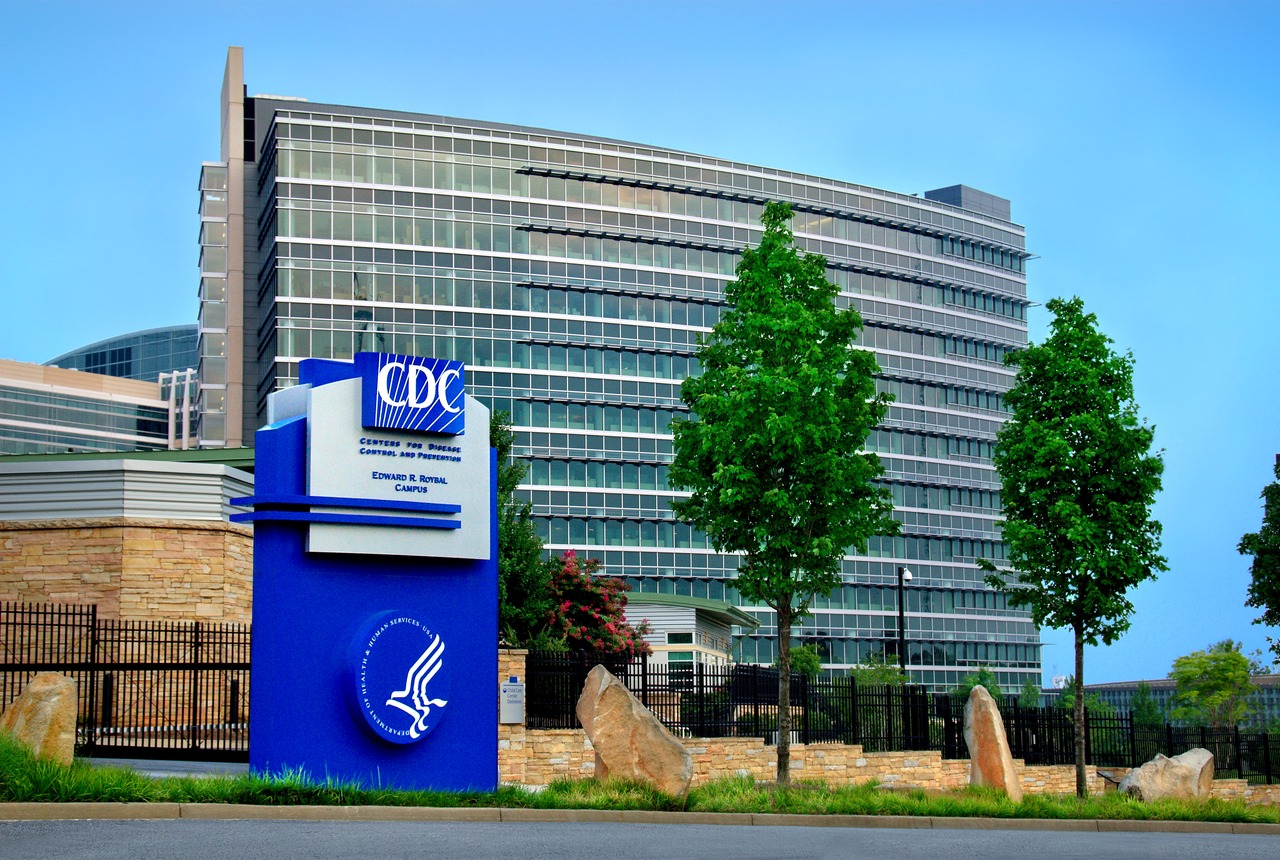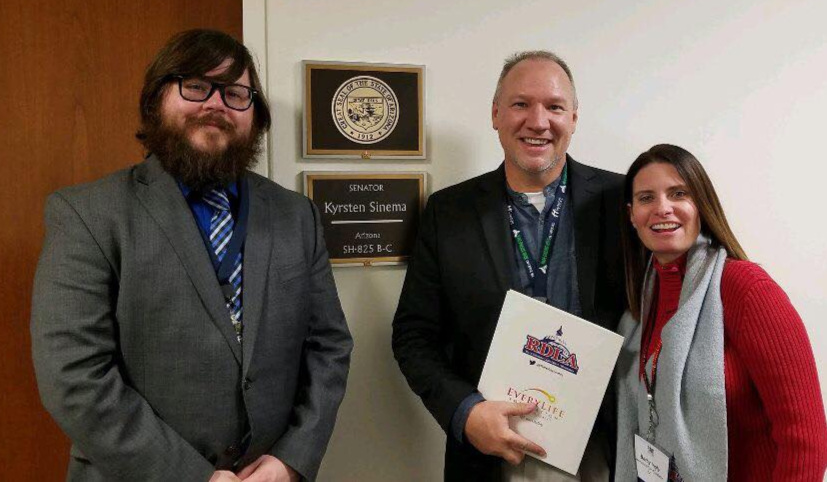When Will Forced Tapering of Opioids End?
/By Lynn Webster, MD, PNN Columnist
“Larry” recently wrote to me asking for advice. He describes himself as "virtually crippled totally" after having his opioid medication cutback.
"I am being forced tapered and the PA I now have will not budge one inch on the weaning, as he calls it. I hate him. I have never had a more callous doctor in my life," Larry wrote.
"What does one do in my situation? Blow my brains out? A[n] intentional overdose? I have two beautiful dogs that depend on me and a son who needs me. I have to stay here on planet Earth although I want out of here so bad I beg God to kill me every morning noon and night. It is my daily prayer."
Unfortunately, Larry is only one of many patients who are struggling to be heard by their providers. Physicians are under government pressure to adhere to the CDC’s 2016 opioid prescribing guideline.
Although the CDC designed its guideline as voluntary, government agencies interpreted it as a mandate instead. The Drug Enforcement Administration has pursued doctors who prescribe a level of opioids that exceeds the guideline's recommended daily limit of 90 MME (morphine milligram equivalent), even when no patients have been harmed.
According to Maia Szalavitz, writing for Tonic, Dr. Forest Tennant was one of the few physicians who still were willing to prescribe high-dose opioids for the sickest pain patients. The DEA raided his California office and home, allegedly because the agency had reason to believe some of his patients were selling their medication.
There simply was no evidence of that. But as a result of the raid, Dr. Tennant retired from clinical practice.
Szalavitz wrote that the raid "terrifies pain patients and their physicians, who fear that it could lead to de facto prohibition of opioid prescribing for chronic pain and even hamper end-of-life care."
Dr. Mark Ibsen in Montana had his license suspended by the state medical board for allegedly overprescribing opioids. According to Dr. Ibsen, the DEA warned him "he was risking his livelihood and could end up in jail if he kept prescribing." A judge later overturned the board’s decision.
As Dr. James Patrick Murphy, a Kentucky-based pain and addiction specialist, told the Courier-Journal, "many well-intended doctors are unfairly arrested 'all the time' in the hunt for those who recklessly contribute to patients' addictions and fatal overdoses."
As of this writing, The American University Law Journal plans to publish an alarming article by Michael Barnes, JD, about the raids on America’s top physicians.
Although few physicians are incarcerated for prescribing high dosages of opioids, many of them are threatened with losing their licenses to practice medicine. Doctors and pharmacists told a POLITICO survey that they felt enormous pressure to limit their prescriptions for painkillers. Their fear of the consequences of noncompliance with the CDC guideline exceeded their responsibility to treat patients with severe pain.
Second Thoughts About CDC Guideline
On April 1, the attorneys general of 39 states and territories wrote a letter on behalf of the National Association of Attorneys General to Dr. Vanila Singh of the U.S. Department of Health and Human Services. The letter expressed concern with the draft report of the Pain Management Best Practices Inter-Agency Task Force, which recommends changes in the CDC guideline to end the forced tapering of patients.
The attorneys general said "it is incomprehensible that officials would consider moving away from key components of the CDC guideline." Additionally, they expressed their hope that the report would be revised "to clearly state that there is no completely safe opioid dose."
Yet on April 9, the Food and Drug Administration issued a medical alert warning doctors not to abruptly discontinue or rapidly taper patients on opioid medication, because it was causing “serious harm” to patients, including uncontrolled pain, psychological distress and suicides.
Now it seems the CDC may be moving in the same direction.
Dr. Daniel Alford, a Professor of Medicine at Boston University, wrote a letter to the CDC asking it to address the misapplication of its guideline with a "public clarification." He was writing on behalf of Health Professionals for Patients in Pain, and 300 healthcare professionals signed his letter.
The CDC's response, published on April 10, echoed the FDA's statement. CDC Director Dr. Robert Redfield observed that the CDC guideline "offered no support for mandatory opioid dose reductions in patients with long-term pain." He reinforced the fact that the guideline was voluntary and that doctors should use their knowledge of their patients to determine which dosages were appropriate for them.
Dr. Redfield wrote that “CDC is working diligently to evaluate the impact of the Guideline and clarify its recommendations to help reduce unintended harms." And he agreed that "patients suffering from chronic pain deserve safe and effective pain management."
STAT News points out that the overzealous enforcement of the CDC guideline was indeed causing patients harm. "Denying opioids to patients who have relied on them — sometimes for years — may cause some to turn to street drugs, thereby increasing their risk of overdose," STAT warned.
According to The Washington Post, "Many patients have claimed that long-term use of the drugs is all that stands between them and unrelenting pain, and that they can take the medication without becoming dependent or addicted."
The CDC and the FDA now admit the guideline has been misapplied and mainstream media outlets are beginning to pick up the story. The question is: Will the DEA stop pursuing doctors who treat pain patients with levels of opioids that exceed the guideline's recommendations?
For Larry and other pain patients who have been forcibly tapered, the answer may be a matter of life and death.
Lynn R. Webster, MD, is a vice president of scientific affairs for PRA Health Sciences and consults with the pharmaceutical industry. He is a former president of the American Academy of Pain Medicine and the author of “The Painful Truth.”
You can find Lynn on Twitter: @LynnRWebsterMD.
The information in this column should not be considered as professional medical advice, diagnosis or treatment. It is for informational purposes only and represents the author’s opinions alone. It does not inherently express or reflect the views, opinions and/or positions of Pain News Network.







































